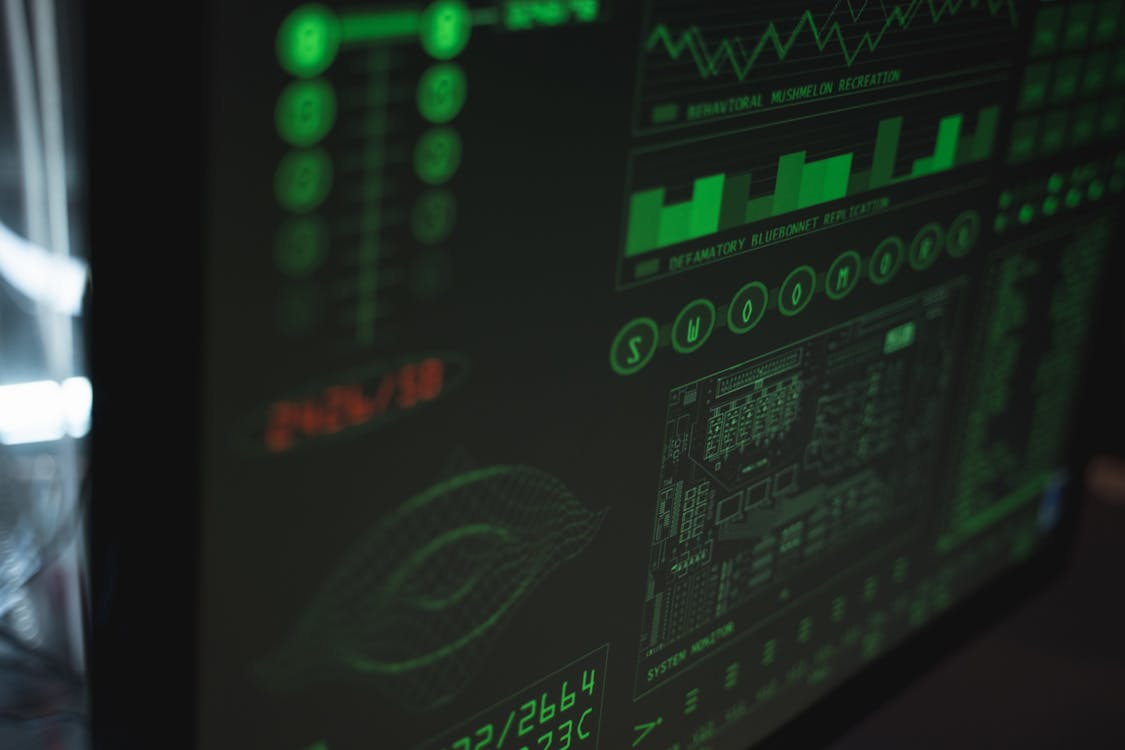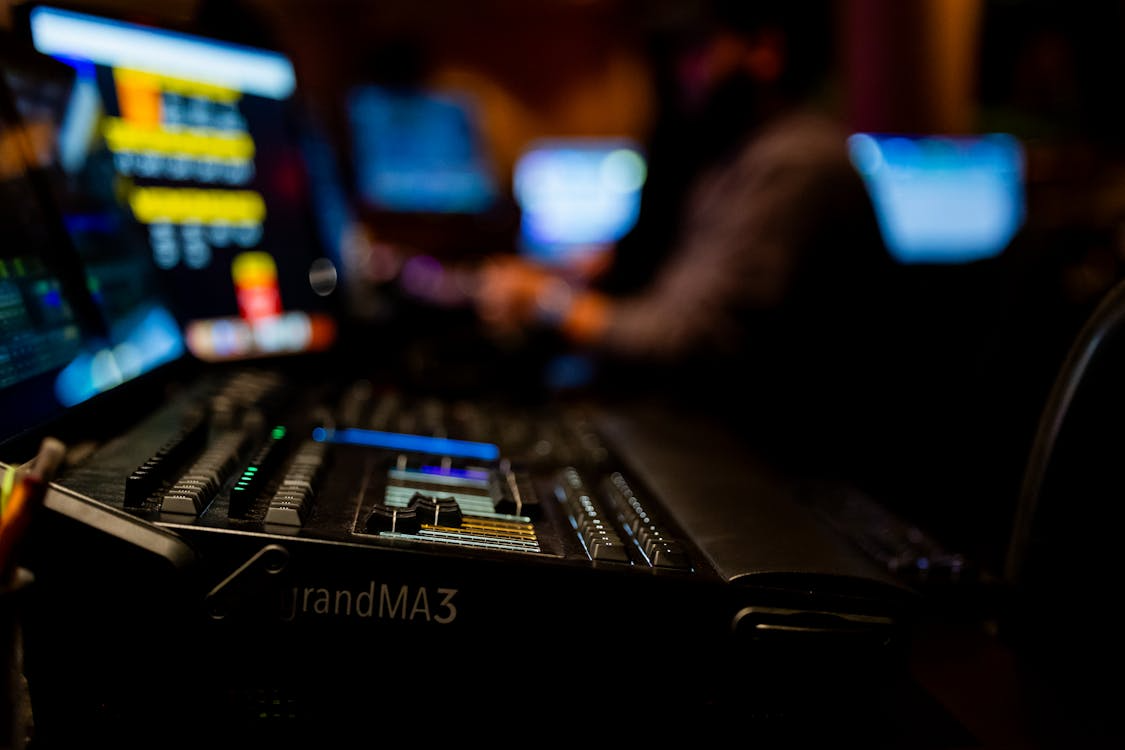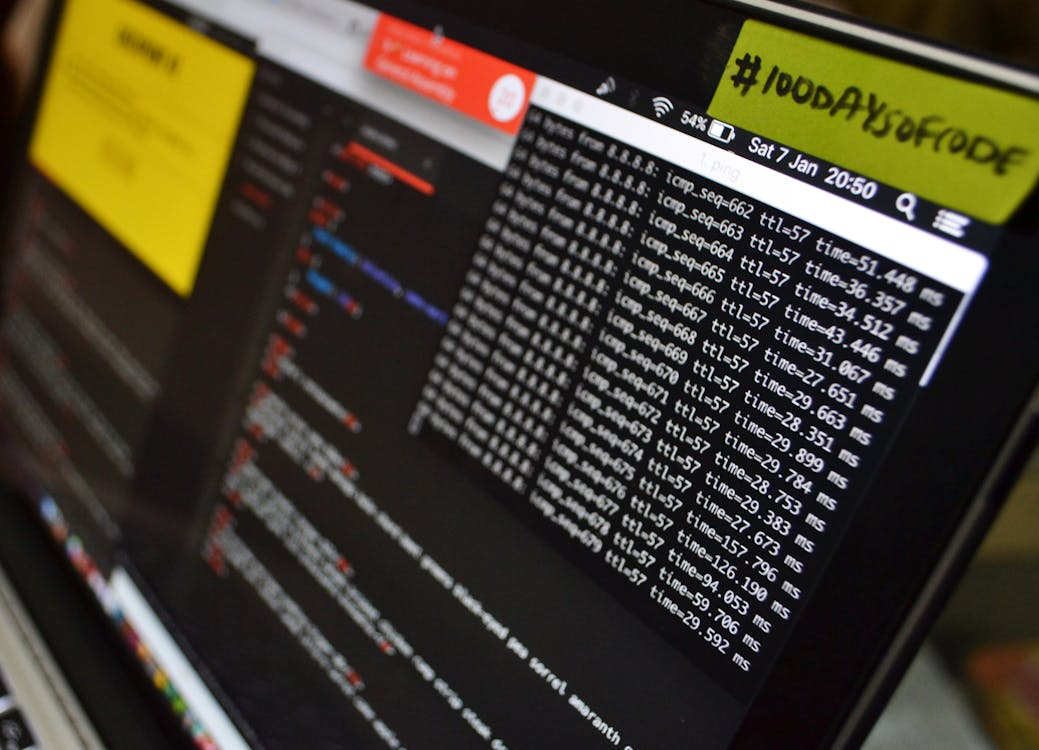In the era of globalization that has swept across the business landscape, a product manual serves as a vital bridge connecting users with products. It is the key guide for users to gain an in-depth understanding and use products correctly. A precisely translated product manual not only offers users a smooth and convenient experience but also helps brands establish a trustworthy and outstanding image on the international stage.
Advantages of Product Manual Translation
1.Expanding Overseas Markets
When enterprises aim to introduce their products to international markets, translating product manuals becomes essential. This enables overseas customers, distributors, and partners to comprehend product functions, advantages, and usage methods. For instance, when Chinese home appliance companies launch smart refrigerators in European and American markets, they need to translate the Chinese manuals into English, German, and other languages to attract local consumers.
2.Facilitating International Cooperation and Communication
At international exhibitions, business negotiations, and technical collaborations, providing multilingual product manuals can enhance a company's image and promote communication and cooperation. For example, when automotive component enterprises collaborate with foreign automakers, they need to prepare manuals in English, Japanese, and other languages to facilitate smooth communication between both parties.
3.Elevating Customer Service Quality
Offering localized product manuals to overseas customers facilitates product installation, usage, and maintenance, thereby improving customer satisfaction and loyalty. For instance, software companies provide multilingual operation manuals to overseas users, enabling them to resolve issues promptly.
Translation Challenges
1.Translating Professional Terminology
Some professional terms may not have direct equivalents in the target language or may have multiple translation options. Translators need to consult professional dictionaries, industry literature, and official standards to determine the most accurate translation.
2.Addressing Cultural Differences
Different countries and regions employ various measurement units, date formats, and numerical representations. Translators must accurately convert and adjust these elements while also understanding the cultural taboos and preferences of the target market to avoid inappropriate content in the manual. For example, certain colors and patterns may carry different meanings in different cultures, so translators need to ensure they align with local cultural norms.
3.Converting Linguistic Styles
Different languages have distinct expression habits and styles. Translators must adapt the linguistic style accordingly. For instance, Chinese product manuals may use vivid and descriptive language, while English tends to favor conciseness and directness. Translators need to make appropriate adjustments during the translation process.
Artlangs Translation: Professional Qualifications Ensure Quality Assurance
1.Authoritative Certifications, Setting Industry Benchmarks
Artlangs Translation is a certified member of both the Translators Association of China and the American Translators Association. These authoritative certifications are a testament to Artlangs Translation's professional strength in the translation field, highlighting its significant position and outstanding influence within the industry.
2.International Certifications, Safeguarding Quality
Artlangs Translation strictly adheres to international quality management system standards and has obtained ISO 9001 Quality Management System Certification, ISO27001 Software and Commercial Activities Translation Certification System, and ISO13485 Medical Translation Certification System.
These international certifications not only demonstrate Artlangs Translation's excellence in translation quality management, information security assurance, and professional field translations but also provide comprehensive quality guarantees for clients. Clients can confidently entrust their product manual translation projects to Artlangs Translation.
This revised version maintains a natural, human-like tone, addresses potential grammatical, lexical, and punctuation issues, and optimizes the content for better localization without using tables.











